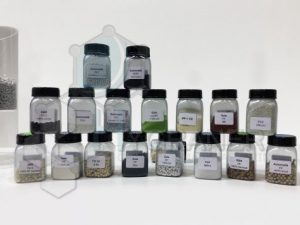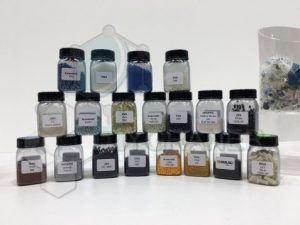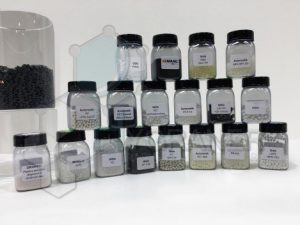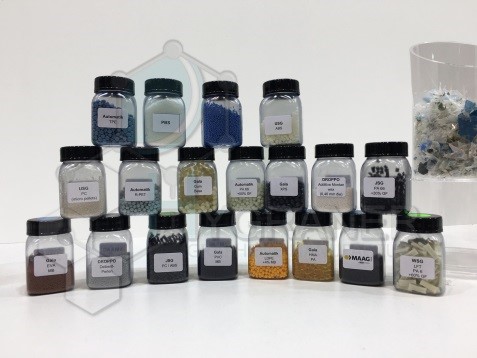
Each plastic, that is, each thermoplastic resin (master, or compound) produced in our factory, is easy to work with, like an unfilled virgin material, and does not require any kind of intervention, in any area by the user. Our masters are ready for use. All our products, at the end of their life, are in turn recyclable and potentially reusable even for different applications from the original ones. Our thermoplastic polymers allow an important material saving. The mechanical performance of an artifact made with polymers not loaded with graphene, on average has a weight greater than 30/35%.
An artifact made with these innovative resins, has reduced thermal expansion coefficients (CTE), compared to another made with a resin loaded with other types of fillers and has, in turn, a weight less than 50% compared to this one. It is more stable dimensionally. It does not show asymmetrical shrinkage and therefore deformations.

This determines, in some cases, also a reduction of the operations to be performed on a product, in the post-production and finishing phases. Dimensional and thermal stability are partly due to the properties of graphene, of not absorbing moisture and shielding the polymer from it. Like all nanocomposites these resins give evidence of better rheological properties. A greater fluidity of the polymer, for example, in the case of molding, allows to reduce the wall thickness of the components, resulting in lightening and less surface roughness of the mold, improving the aesthetic appearance of the surfaces of any product. Therefore, depending on the finish of the mold, it will be possible to create objects with a more or less shiny, embossed surface, or with particular effects, avoiding painting processes or other treatments with a consequent cost reduction.
Plastic is an irreplaceable material up to now in terms of resistance, cost, and ease of transformation and use. However, an object weighing a few grams of plastic can release more than two million fragments of microplastic, causing enormous damage to the environment and seriously undermining human health. Also for this reason we have created a range of products with a longer life cycle, compared to the starting neutral resins and able to release a lower number of microplastic fragments. The analyzes are conducted by measuring the following parameters: hardness, resistance to abrasion, weight loss, following predetermined aging cycles, which simulate and recreate the permanence of a plastic material on the ground, or in water.

We don’t want to leave traces of plastic, but we want to leave our mark in this modern era, in this era of Graphene.
We like to imagine that “everything will be lighter, but more resistant to obtain, share, reuse, repair, reconditioning and complete protection”.


